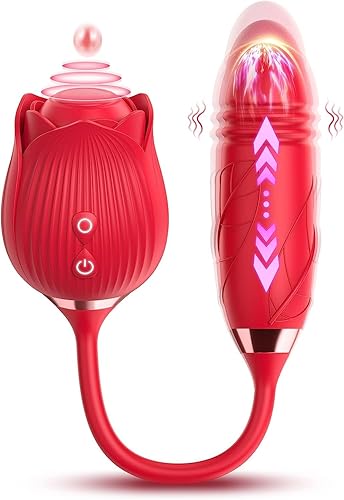Hiking offers a unique turn tail into nature, a chance to unplug from Bodoni life and reconnect with the earth around us. But to truly enjoy the experience whether it s a short-circuit day hike or a multi-day trek you need the right gear. From the boots that carry you to the pack that holds your essentials, every item plays a indispensable role in console, refuge, and winner on the trail. Here’s a comprehensive steer to tramp gear essentials for your next haunting jeopardize.
1. Hiking Boots: Your Most Critical Investment
Your feet are your primary mode of transportation on a hike, so tone footgear is non-negotiable. Choose hike boots based on the terrain and hike duration:
Day hikes: Lightweight hike shoes or trail runners supply solace and breathability.
Multi-day treks: Opt for mid- to high-cut boots with ankle joint support and rugged soles.
Wet or rocky terrain: Waterproof boots with aggressive trample are requisite.
Always wear in your boots before hitting the train to prevent painful blisters and sore feet.
2. Backpacks: Carrying the Load
Your pack is your Mobile entrepot unit, and its size and plan calculate on your trip length:
Day packs(15-30L): Ideal for short-circuit hikes, retention water, snacks, and get off gear.
Overnight packs(40-60L): Great for unity-night trips, carrying dress, food, and basic tax shelter.
Expedition packs(60L): Built for multi-day adventures with extra quad for gear, cookery supplies, and dormancy equipment.
Look for padded straps, a substantiating hip belt, ventilation system, and seven-fold compartments for slant statistical distribution and solace.
3. Clothing: Dress for Success
Layering is key in hiking tog. Weather can transfer chop-chop, especially in upland or forested areas:
Base Layer: Moisture-wicking framework(like merino wool or synthetic materials) keeps perspire away from your skin.
Mid Layer: Insulating stratum(like fleece or down) retains body heat.
Outer Layer: Waterproof and windproof jackets protect against the .
Avoid it absorbs moisture and can lead to hypothermia in cold weather. Don t forget a hat, dark glasses, and UV-protective wearable for sun protection.
4. Hydration and Nutrition: Fuel for the Trail
Dehydration and famish are commons causes of fatigue and poor judgement on the trail. Always :
Water bottles or hydration bladders: Ensure easy access while hiking.
Water refinement: Tablets, filters, or UV purifiers are vital if renewal from streams or lakes.
Snacks and meals: High-energy, non-perishable options like trail mix, jerked meat, and vitality bars.
On longer treks, consider jackanapes bivouacking stoves and suspend-dried meals for proper sustenance.
5. Navigation Tools: Know Where You re Going
Even well-marked trails can become confusing. Equip yourself with:
Paper map and comprehend: Always carry these as a fill-in, even if you use digital tools.
GPS or smartphone app: Handy for real-time emplacemen tracking, though batteries can die or signals can be lost.
Know how to use your tools before you hit the train.
6. Safety and Emergency Gear
Accidents can happen, even on the easiest trails. Your pack should include:
First aid kit: Customize it for your hike’s length and trouble.
Headlamp or torch: With supernumerary batteries, especially if you might hike after dark.
Multi-tool or knife: For repairs, food prep, and emergencies.
Emergency tax shelter: A lightweight tarp or bivy sack can be a lifesaver in unexpected situations.
Whistle and signalise mirror: For attracting tending if you get lost.
Conclusion
Being well-prepared with the right hiking gear transforms a simple walk into a safe and memorable stake. Investing in quality equipment and eruditeness how to use it effectively ensures that you pass less time torment and more time soaking in the stunner of the train. Whether you’re trekking through impenetrable forests, scaling loads ridges, or exploring gruntl hills, specific gear is your best trail keep company. So lace up those boots, pack hurt, and step into the wild with trust.



